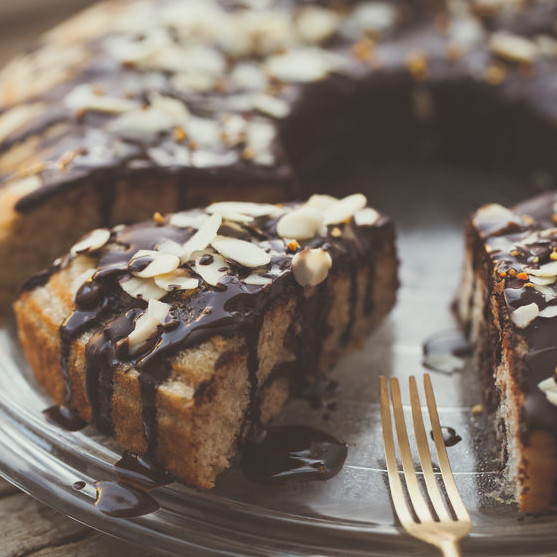
Of course it can!
We all know someone (or a few someone’s) who don’t eat gluten. Whether it’s from sensitivity, celiac disease, or personal choice, there’s no denying that there is a growing market for gluten-free products.
If you’re a baker, the question is probably moving from if you should have a gluten-free option to how to. It all starts with understanding gluten’s role in products, so you know what can replicate that role.
What gluten provides
- Structure
- Gas retention
- Elasticity, viscosity and extensibility
What to use instead
Replacements for gluten can be grouped into proteins, to provide elasticity and strength for your product, and carbohydrates for viscosity and extensibility. They usually comes in the form of pre-gel starches and gums. Some other ingredients that help replace or compensate for gluten are:
- Starches – increases viscosity, extensibility and shelf life
- Enzymes – increases elasticity when combined with proteins and gluten-free flour
- Sourdough – increases enzyme activity and helps flavor
- Fat, oil and emulsifiers – increases stiffness and helps structure and shelf life
- Gluten-free flours – adds nutrition, protein, amino acids and bulk
However, it’s more than the ingredients that will need to be adjusted. Mixing time, water absorption, fermentation and bake times will all need to be changed. This will cover changes in dough hydration, flavor development, and the crumb set zone.
Looking for more ingredient substitutes and adjustments? Our gluten-free page has them and more!

